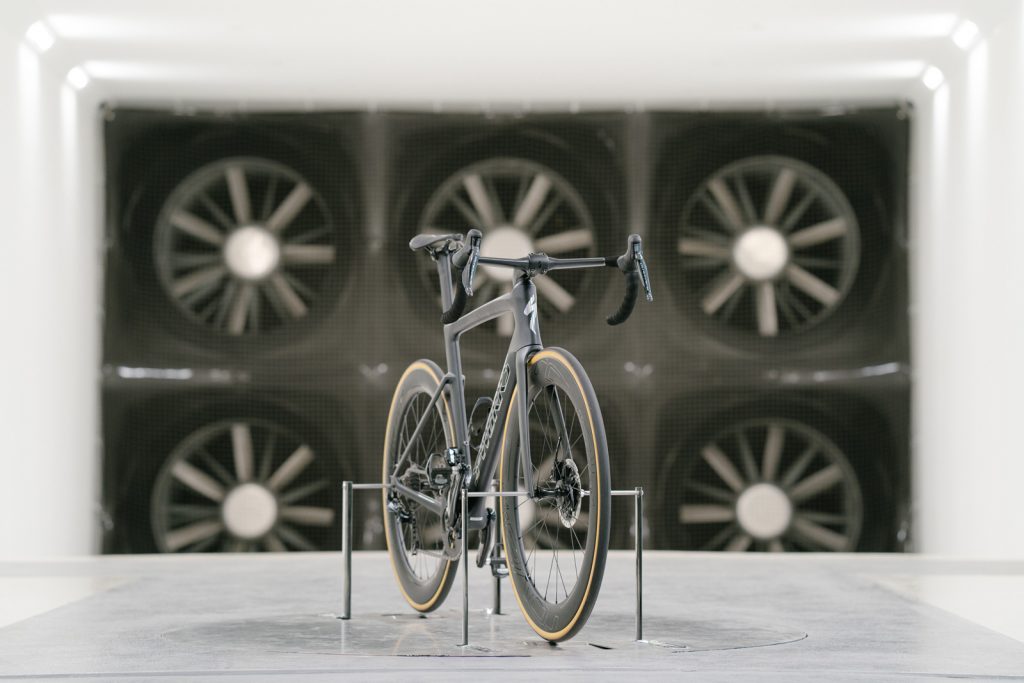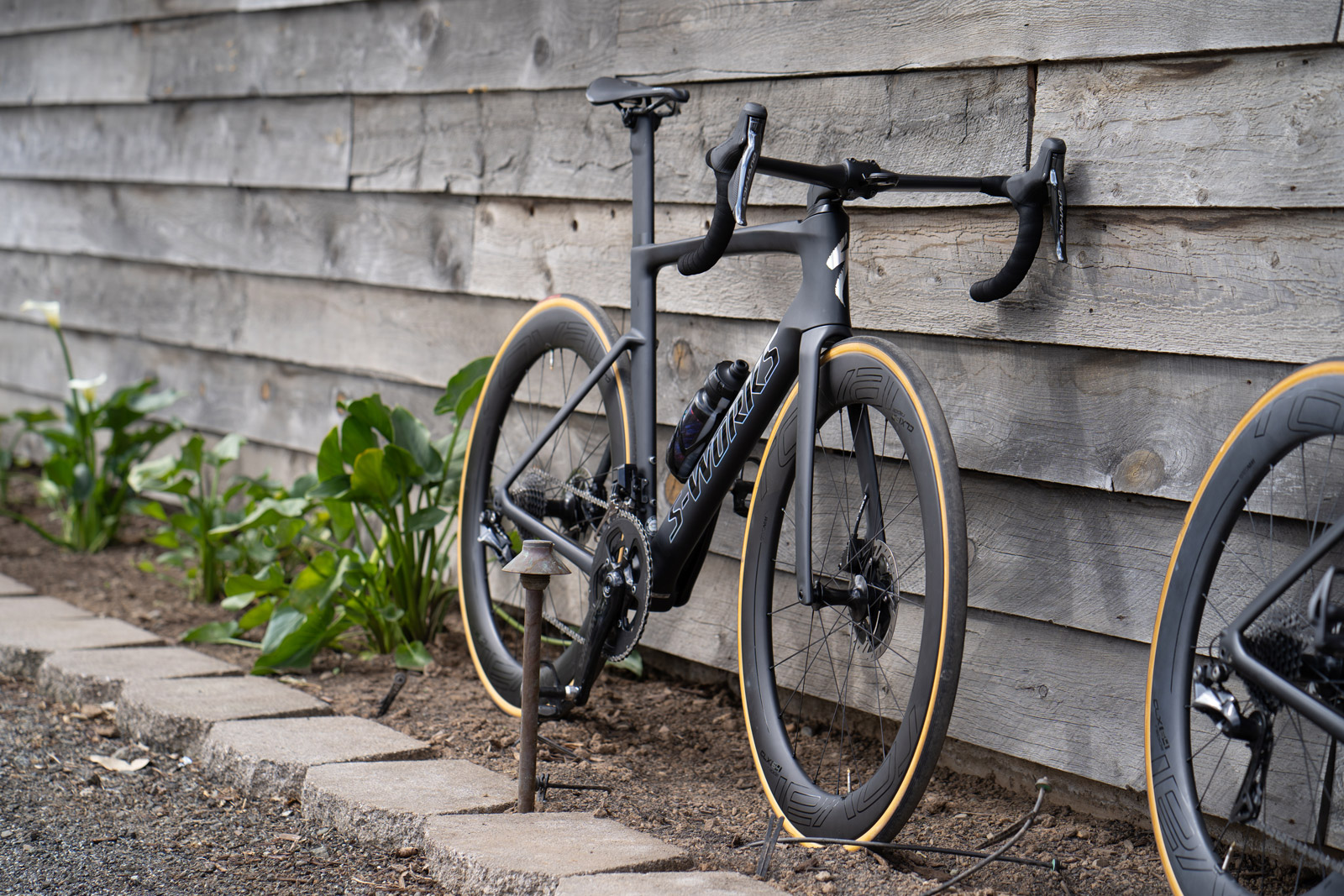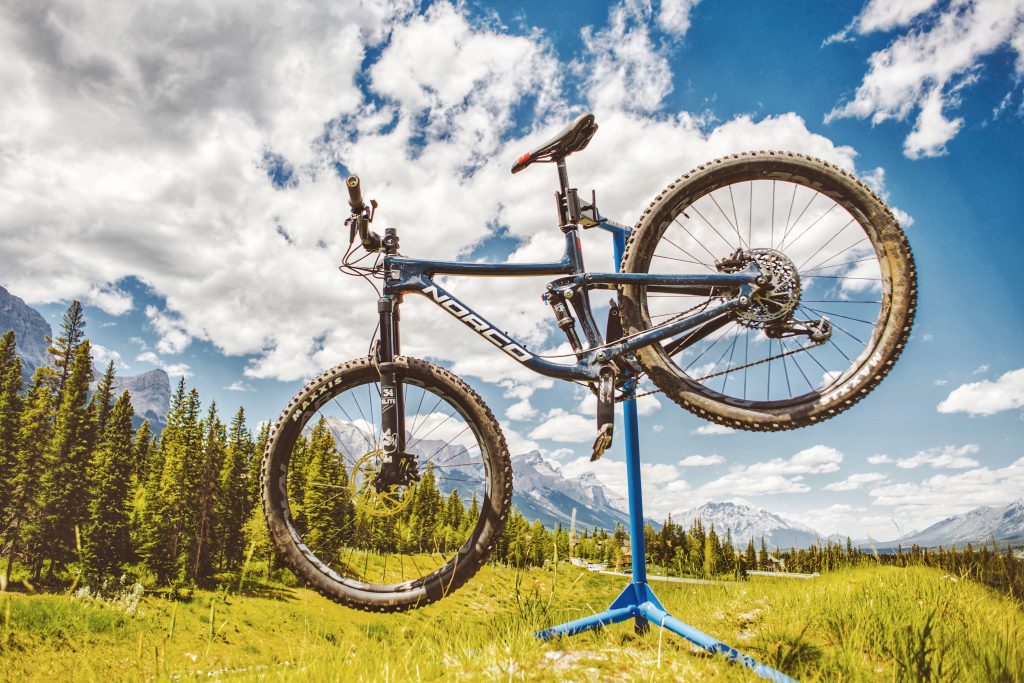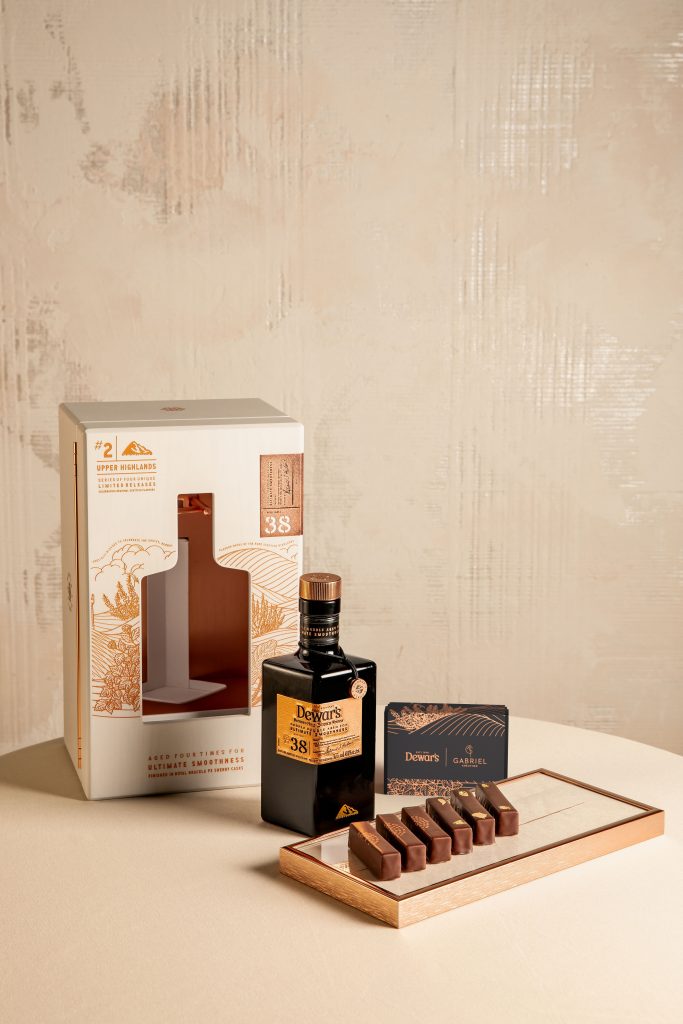Specialized’s New Super-Fast S-Works Venge Bike
Aerodynamics, handling and the ideal weight create a trifecta for riders

Humankind and the bicycle have long had a symbiotic relationship. As Olympic cyclist John Howard once said, “The bicycle is a curious vehicle. Its passenger is its engine.” Part-human and part-machine, the two must synch into perfect harmony—and, as humans change, so does bike design. The most recent evidence of all this is Specialized’s new Venge. Super-fast, it has been designed partly by a supercomputer that uses free-shape optimization and also by a team of the brand’s talented designers.

Until the 2000s, performances bicycles looked incredibly similar. In order for a bike to be safe enough to ride, it had to have the same material and shape (double-diamond) as every other. With the introduction of carbon-fiber into the industry, in the early ’00s, brands had the opportunity to make more daring, different shapes. “The design space opened up and we had a period of time when the bikes were functional with weird shapes, but also we had bikes that had crazy shapes for the sake of having crazy shapes,” says Chris Yu, the Director of Integrated Technologies for Specialized. “Often they just looked fast, but didn’t have the level of technology and research that goes in to inform those designs or shapes,” he adds.

“The Venge represents that blend of crazy shapes that actually functions—much like the racecars of today,” Yu continues. “Remember the ’80s when some cars had flamboyant designs? They gave the feeling of ‘It looks right, so it must be right.’ But not all of them functioned or were fast. Now supercars are in a phase when there is more functional design. They still look crazy, but they look crazy because of the tech and functionality that is happening.”

When the first version of the S-Works Venge came out, it was the fastest bike in the world. (This was proven with the help of the McLaren Formula 1 team.) But the Venge was only utilized in certain race conditions; really flat sections for example. This pertained to the weight, relating to the material use for more complex (but aerodynamic) shapes and thus more surface area. Further, their “aero is everything” campaigning was lost on many riders, leaving them believing that with the Venge, it was actually “aero at all costs.” In the making of the new Venge, Yu and his team were not going to suspend their principles, but were going to make the bike even better.

“Our goal for the new Venge was to provide those aero benefits to riders in more conditions. For example, if a race had a hilly finish, but five hours of flat stretch before it, we didn’t want riders to have to make a tough choice between the light bike or the aero bike,” explains Yu. “We have seen a pretty rapid adoption of aerodynamic products by our professional racers, general racers and casual riders. In cycling, a majority of your effort is spent punching a hole in the wind. So we want to do anything we can do to improve aerodynamic drag, to make athletes go faster or spend less energy.”

Knowing that the trifecta of aerodynamics, weight, and handling needed to be the focus, Specialized engineers made a new software algorithm to help develop ideal tubes shapes. With the aggressive surface area target they set, there was no human engineer who could feasibly make a bike within those targets in any reasonable amount of time—if ever. This software, used by Specialized’s supercomputers, performed free-shape optimization by continuously pushing shapes until it met all the targets. Thus, creating a library of shapes and a selection of airfoil cross sections that human engineers then plugged into a bike frame.

“For every shape in the library, it is impossible to make it more aero without also making the shape heavier,” says Yu, “We are maxing out what computers are capable of doing right now.” Although the shapes were computer-generated, they have an intuitive look and feel. “We can get a shape that looks 90% the same from free-hand drawing it,” he says. However, it is that extra 10%—those small tweaks and millimeter adjustments of surface area, like the Venge’s new handlebars which have a unique shape that cuts down on material, weight, and offers more aero—that have truly distinguished the computer’s inputs.
Human engineers and designers then chose which shapes they produce at Specialized’s prototyping facility, which consists of a machine shop, carbon composite lab, a 3D-printing facility and five printers for different materials. Once the shapes have been fabricated, the engineers assemble an actual bike. Certain design elements, like the integrated brake housing, can not be optimized by computers and must be done by hand.

Various other details are crafted solely by hand too. “We have incredible designers that really shaped the look and feel of our products with a visual language that represents the Specialized DNA. Like the lean-in angle of the head-tube, to how much a swoop and curve there is in the top tube,” Yu continues. “Even if you took the stickers off and took a step back, an enthusiast rider would still say that is a Specialized bike. That is very important for us. It’s our litmus test. ‘Will people still know it is a Specialized bike?'” Of course, speed matters. And since Specialized gave the new Venge to their team riders, the bikes have already won two pre-tour races. A telling sign.
Specialized will only produce 450 of the S-Works Venge, which are newly available for $12,500.
Images courtesy of Erick Marcheschi












